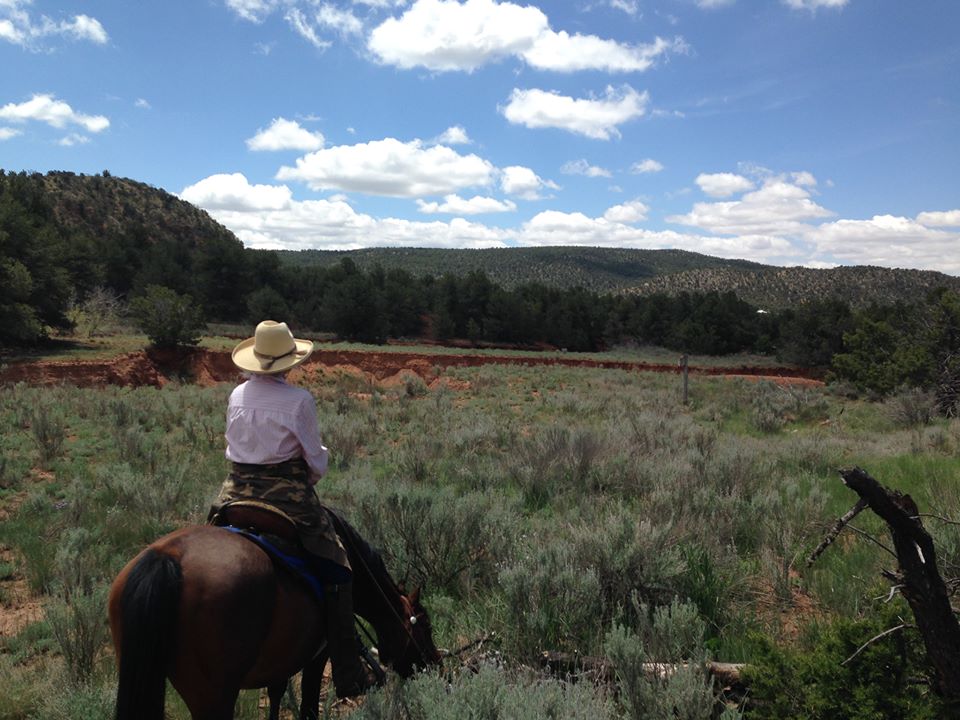There is a spectrum from 0 – 100+ or maybe more in terms of engagement and levels of interaction for horse and human.
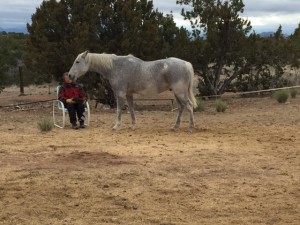

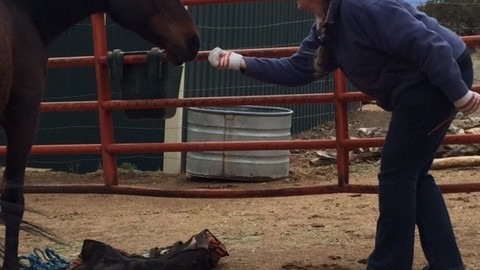
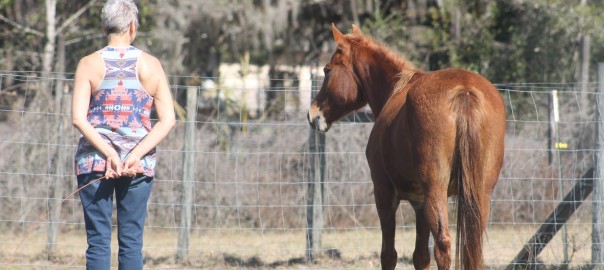
Everyone who has taken on a rescue horse, or a horse from families who have passed them on, or a horse they have purchased, but then found the horse really is a rescue – experience the great unknown.
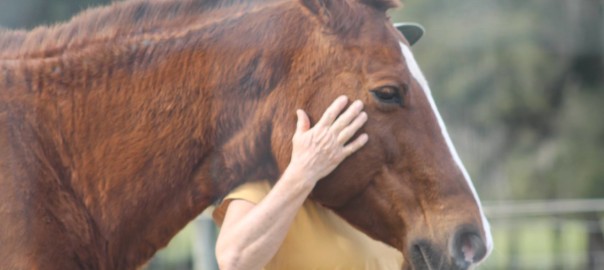
Liberty Foundation Training for horses is the most subtle kind of work you could be doing with a horse. Because it is so subtle, sometimes its purpose can be missed.
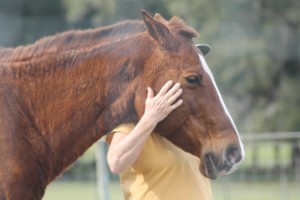
Continue reading Liberty Foundation Training: What’s the Point?
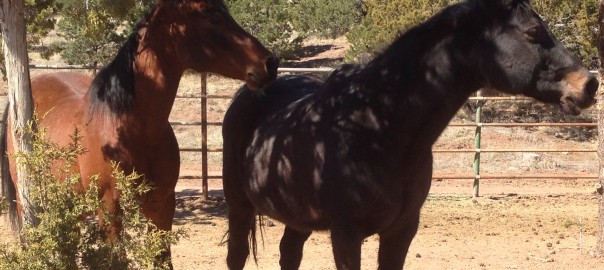
This year was one full of change for me, my human family and horses. What is most significant to me about a year is that it encapsulates everything you’ve done, everything that’s happened to you, and all what you cannot control and that which you have put into action.
(originally published January 1, 2016)
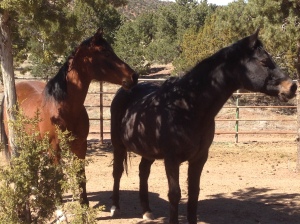
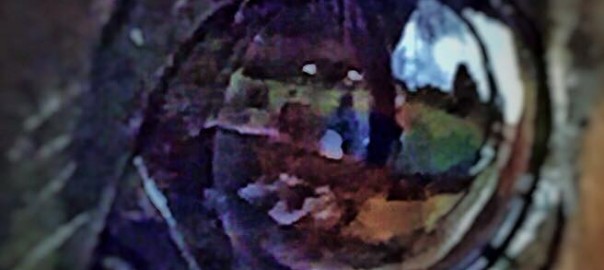
One of the interesting things that comes up for me in practice is how people will feel that their horse can do no wrong. That he won’t suddenly get excited by a herd of wild horses in the distance, he will absolutely never step on their toes, and he most certainly will never suddenly jerk his head up and rear if something startles him. (originally published Dec. 1, 2015)
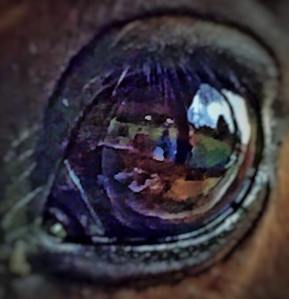
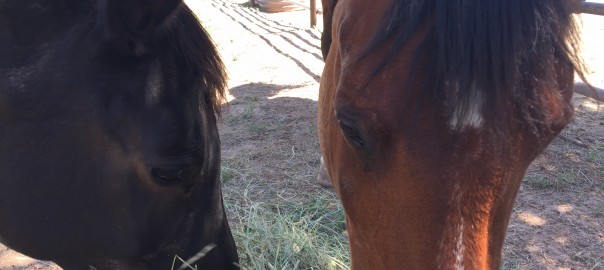
My mare Zuzka comes to stand beside me at the gate, ready to have her halter slipped on. She is one who often will want to play games about being haltered, suggesting, no, I’m too busy today to go ride. Or maybe it’s just the game she likes. But this day she really wants to go out. I can often tell if she wants to go out on the trail, by how she stands looking off in the distance, when there is no activity on the horizon that can be seen with the naked eye. A sort of longing to be out there. (originally published December 14, 2016)
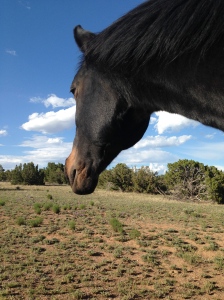
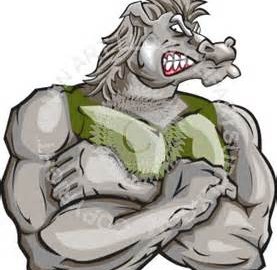
One of the hardest things for people to grapple with is the fact that their horse is not always nice. I talk about good behavior and model that for the horse, but sometimes the horse does not exhibit good behavior in spite of all the modeling. Sometimes we get a dose of teeth and hooves.
Continue reading Teeth and hooves: working with the aggressive horse
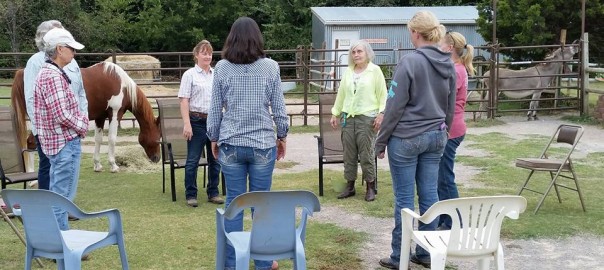
The phrase, “it takes a village,” refers to the raising of a child and the “village” involved in raising him or her.
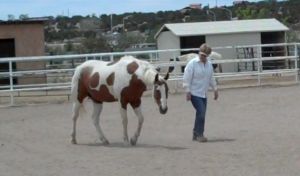
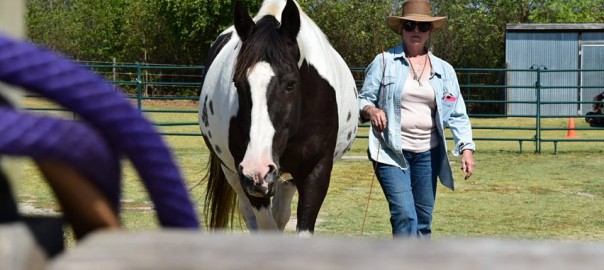
Sometimes we find ourselves in communities of horse people that are not supportive of our goals and dreams with our horses. These communities can take the shape of boarding barns, performance horse groups focused on a particular equine discipline, equine riding clubs, and just people who are wedded to the notion that “this is the way we’ve always done it.”
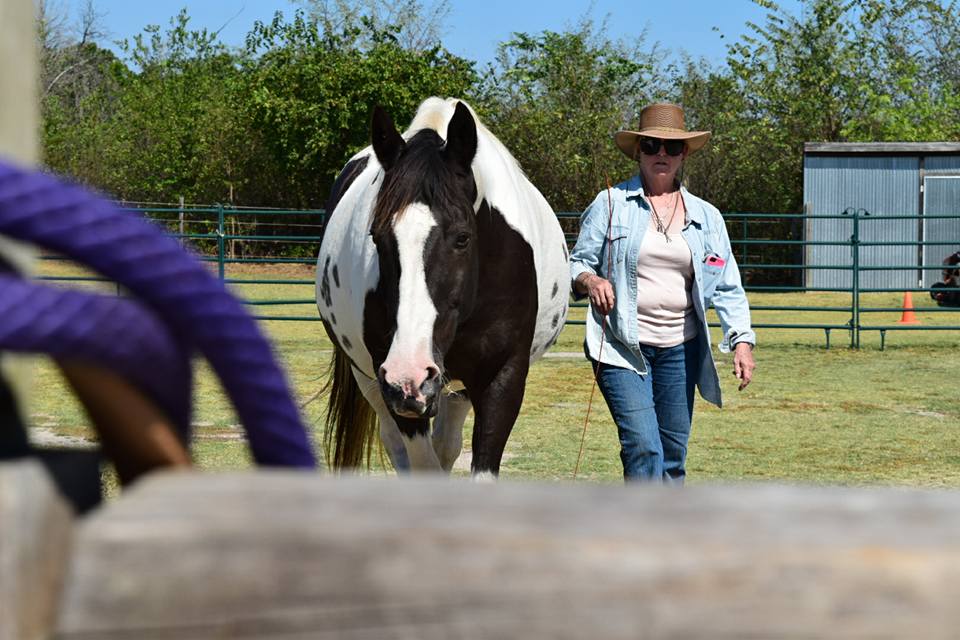
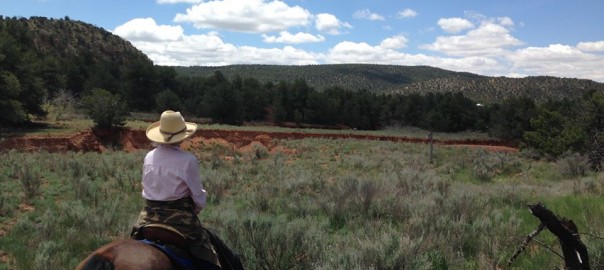
What is the conversation between horse and rider?
Recently I’ve been working with a horse and rider team who are deeply bonded. After an accident the owner is building up her riding time. Her concern was that he would not sustain a trot for a length of time and that her body was not seated in the saddle evenly. Each side of her felt different, and one side felt unwieldy and unable to really connect.
